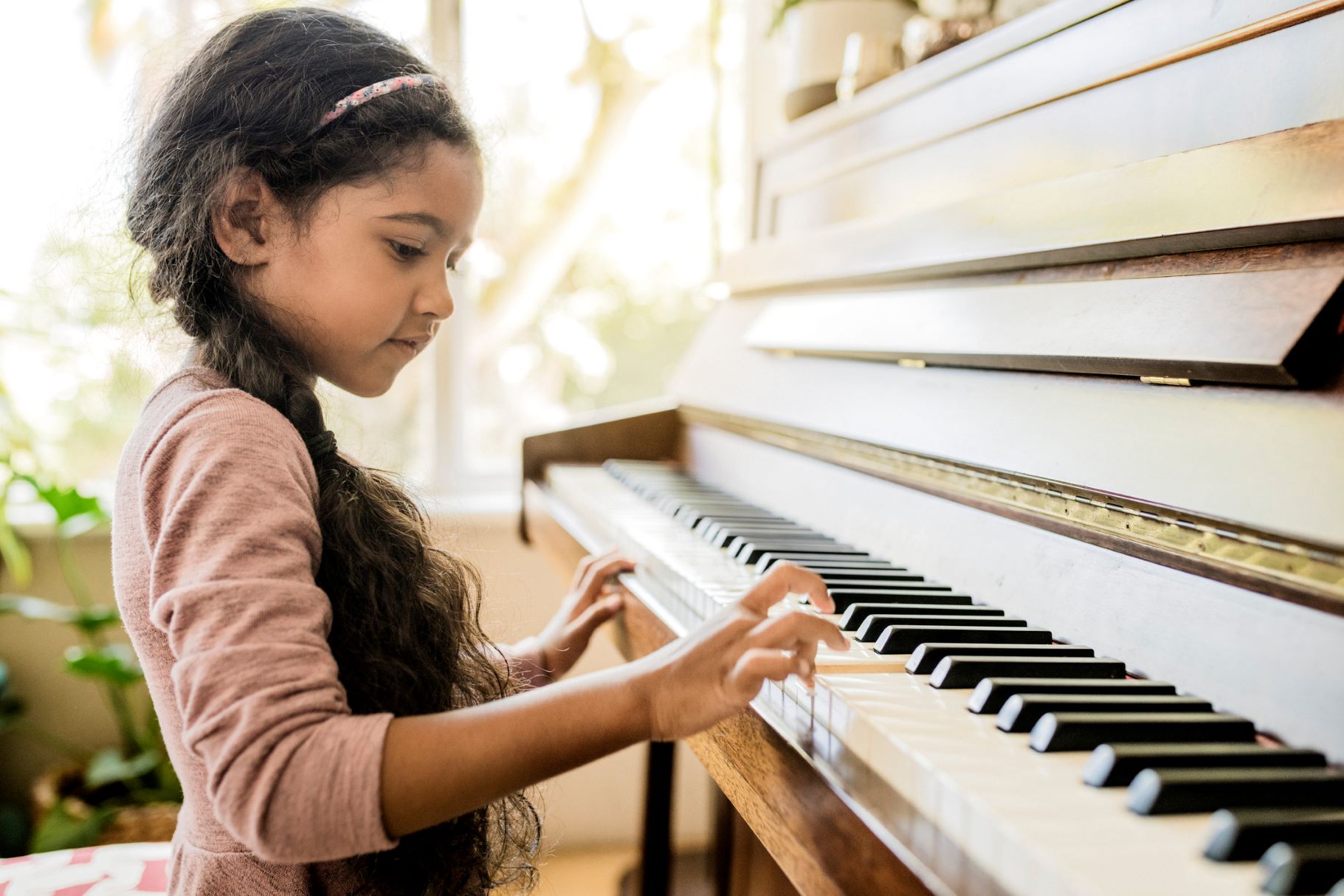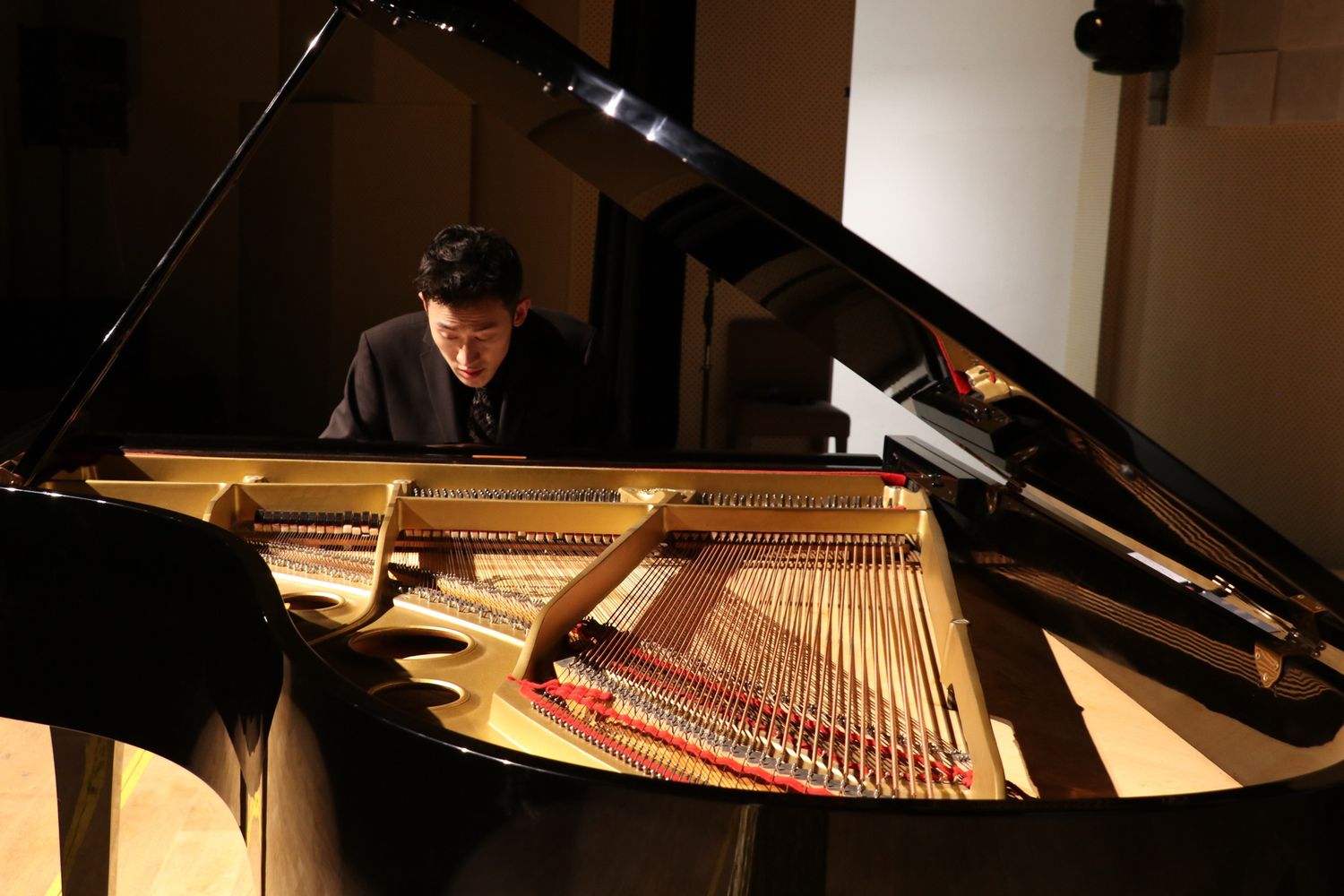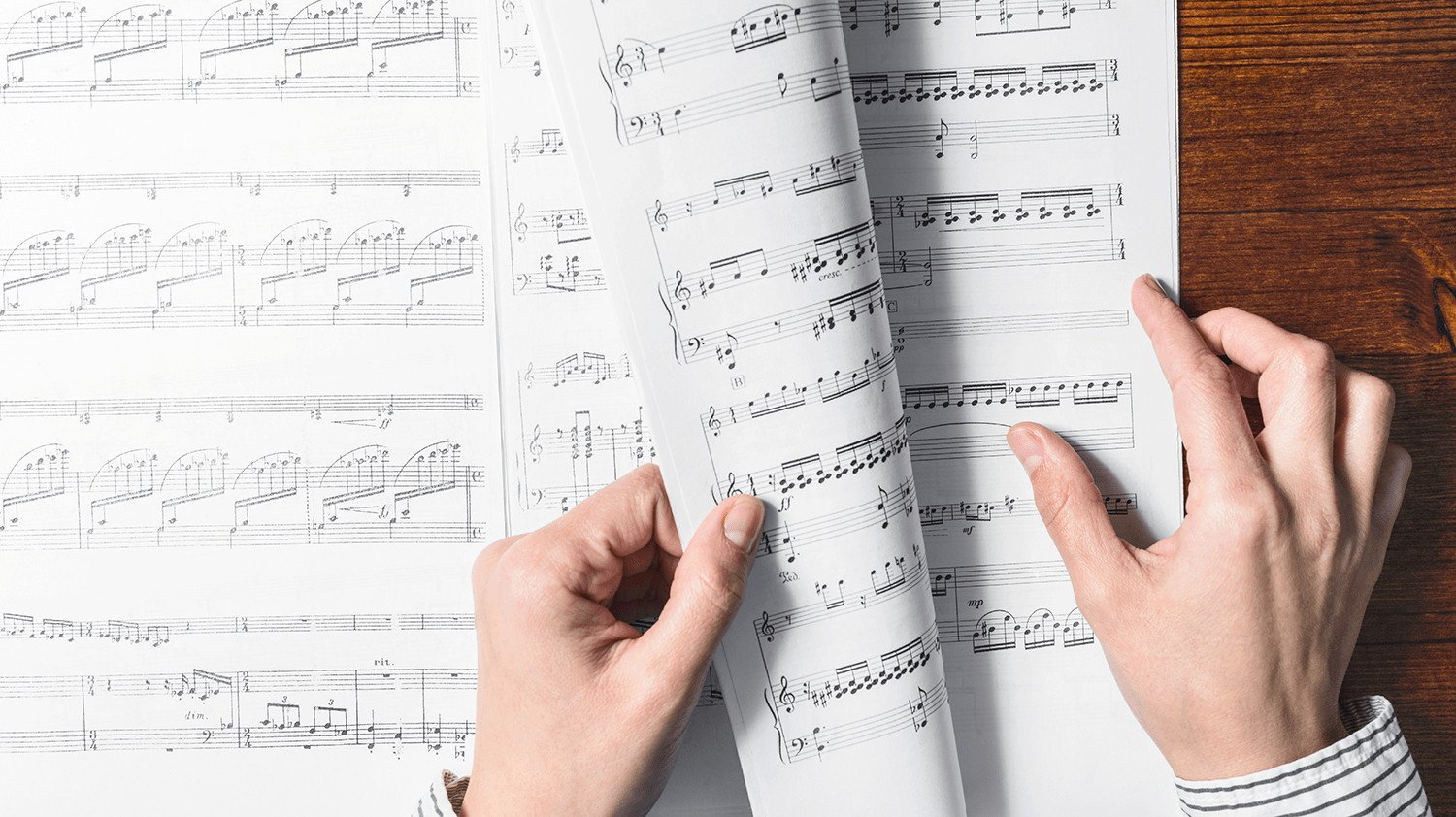Home>Instruments>Piano>How To Get Rid Of An Old Piano


Piano
How To Get Rid Of An Old Piano
Published: February 10, 2024
Learn how to responsibly get rid of an old piano and create more space in your home. Discover eco-friendly disposal options and repurposing ideas for your piano.
(Many of the links in this article redirect to a specific reviewed product. Your purchase of these products through affiliate links helps to generate commission for AudioLover.com, at no extra cost. Learn more)
Table of Contents
Introduction
Parting ways with an old piano can be a bittersweet experience. Whether it’s due to lack of use, a desire to upgrade, or simply the need to free up space, saying goodbye to a musical instrument that has been a part of your life can be a challenging decision. However, once you’ve made the choice to let go of your old piano, it’s important to do so responsibly and efficiently. In this comprehensive guide, we’ll explore the steps to take when you’re ready to bid adieu to your beloved piano.
From assessing the condition of the piano to finding it a new home or deciding on the best way to recycle or dispose of it, each step in this process requires thoughtful consideration and planning. By following these steps, you can ensure that your old piano finds a new purpose in a way that aligns with your values and respects the instrument’s legacy.
So, if you’re ready to embark on this journey of parting ways with your old piano, let’s dive into the process and explore the best practices for bidding farewell to this cherished musical companion.
Step 1: Assessing the Piano
Before taking any further steps, it’s essential to assess the condition of your old piano. Start by evaluating its playability and structural integrity. If the piano is in working condition and only requires tuning and minor repairs, it may still hold value for someone else. However, if it’s no longer playable or if the cost of repairs outweighs its value, it may be time to consider other options.
Additionally, consider the piano’s sentimental value. Has it been a cherished family heirloom, or does it hold historical significance? Understanding the emotional attachment to the instrument can help guide your decision-making process.
If you’re unsure about the piano’s condition or its potential value, consulting a piano technician or appraiser can provide valuable insights. They can assess the instrument’s condition, estimate its market value, and offer recommendations for the next steps.
Furthermore, consider the space the piano occupies. If it’s taking up valuable real estate in your home and rarely gets played, it might be time to repurpose the space for something more functional or meaningful to you.
By thoroughly assessing the piano’s condition, sentimental value, and practicality in your life, you’ll be better equipped to make informed decisions about its future.
Step 2: Finding a New Home for the Piano
Once you’ve assessed the piano and determined that it’s time to part ways, the next step is to explore potential new homes for the instrument. There are several avenues to consider when seeking a new owner for your old piano.
One option is to offer the piano to friends, family, or local community organizations. Reach out to music schools, community centers, or religious institutions to inquire if they are in need of a piano. Donating the piano to such organizations can ensure that it continues to be used and appreciated by others who may not have the means to acquire a piano of their own.
Another possibility is to sell or give away the piano through online platforms or classified ads. Websites dedicated to musical instruments, social media marketplaces, and local classified listings can help connect you with individuals or families seeking a piano. When offering the piano for free, be transparent about its condition and any repairs it may require. Selling the piano at a nominal price can also attract potential buyers who are willing to invest in refurbishing it.
If the piano holds historical or artistic significance, consider reaching out to museums, historical societies, or music preservation organizations. They may have the resources and interest in preserving the instrument as part of their collection or for educational purposes.
Lastly, if you’re unable to find a new home for the piano through donation or sale, explore the option of recycling or repurposing its components. Some parts of the piano, such as the wood and metal, can be salvaged and used in other projects, reducing the environmental impact of disposing of the instrument.
By actively seeking a new home for your old piano, you can ensure that it continues to bring joy and musical inspiration to others, extending its legacy beyond your ownership.
Step 3: Disassembling the Piano
When it comes to parting ways with an old piano, the process of disassembly is often necessary, especially if the instrument is no longer functional or if finding a new home for it proves challenging. Disassembling a piano requires careful planning and attention to detail to ensure that its components are handled responsibly.
Before beginning the disassembly process, it’s important to gather the necessary tools and protective gear. This may include screwdrivers, pliers, gloves, and safety goggles. Additionally, having a designated workspace where the disassembly can take place safely and without causing disruptions is essential.
The first step in disassembling a piano is to remove its external components, such as the music stand, lyre, and legs. These components can often be detached with basic hand tools, and they should be set aside for potential reuse or repurposing.
Next, the piano action, keys, and internal mechanisms need to be carefully removed. This task requires precision and patience, as the internal components are intricate and interconnected. It’s advisable to document the disassembly process through photographs or detailed notes, which can be helpful if the piano is to be reassembled or if specific components are to be repurposed.
As the disassembly progresses, it’s important to handle the piano’s strings, hammers, and soundboard with care, as they may contain materials that can be recycled or repurposed. The wood from the piano’s frame and body can also be salvaged for use in other projects or recycled appropriately.
Throughout the disassembly process, it’s crucial to prioritize safety and environmental responsibility. If certain components contain hazardous materials, such as lead weights or chemical treatments, they should be handled and disposed of in accordance with local regulations and guidelines.
By approaching the disassembly of the piano with diligence and a focus on sustainability, you can ensure that its components are handled responsibly and that any salvageable materials are repurposed or recycled effectively.
Step 4: Recycling or Disposing of the Piano
Once the piano has been disassembled and its components have been carefully separated, the next crucial step is to determine the best approach for recycling or disposing of the instrument in an environmentally responsible manner.
If the piano’s components are in salvageable condition, consider exploring recycling options for materials such as wood, metal, and felt. Many recycling facilities accept these materials and can process them for reuse in various industries, minimizing the environmental impact of the piano’s disposal.
Additionally, some piano components, such as the cast iron plate and metal hardware, can be valuable for scrap metal recycling. Research local scrap yards or metal recycling facilities that accept these materials and inquire about their recycling processes and requirements.
For components that may contain hazardous materials, such as lead weights or chemical treatments, it’s imperative to handle and dispose of them in compliance with environmental regulations. Local waste management authorities or hazardous waste disposal facilities can provide guidance on the proper disposal of these materials to prevent harm to the environment and human health.
If recycling options are limited or if the piano’s components are not suitable for recycling, it may be necessary to arrange for the disposal of the remaining materials. Contacting local waste management services or landfill facilities can provide information on the proper procedures for disposing of non-recyclable piano components in accordance with local regulations.
It’s important to note that some communities offer specialized bulk waste collection services or periodic recycling events where large items, such as pianos, can be disposed of or recycled responsibly. Exploring these community resources can provide alternative options for the piano’s environmentally conscious disposal.
By prioritizing recycling and responsible disposal practices, you can ensure that the legacy of your old piano extends beyond its musical contributions, contributing to a sustainable approach to managing its end-of-life cycle.
Conclusion
Bidding farewell to an old piano is a significant decision that encompasses emotional, practical, and environmental considerations. By following the steps outlined in this guide, you can navigate this process with thoughtfulness and responsibility, ensuring that your old piano finds a new purpose in a way that aligns with your values and respects its legacy.
Assessing the piano’s condition and sentimental value provides the foundation for informed decision-making, guiding you toward the most suitable path for parting ways with the instrument. Whether finding a new home for the piano through donation, sale, or repurposing, or embarking on the disassembly and recycling process, each step contributes to the piano’s sustainable transition to a new chapter.
Throughout this journey, prioritizing safety, environmental responsibility, and community engagement can amplify the impact of your efforts. By donating the piano to organizations, recycling its components, or responsibly disposing of non-recyclable materials, you contribute to a more sustainable and harmonious approach to parting ways with the instrument.
Ultimately, the legacy of your old piano extends beyond its musical notes, resonating through the thoughtful decisions made in its transition. Whether it finds a new home where its melodies will continue to inspire or its materials are repurposed for new creations, your conscientious approach ensures that the piano’s story continues in meaningful and sustainable ways.
As you embark on this journey of parting ways with your old piano, may the echoes of its music and memories harmonize with the sustainability of its legacy, creating a lasting resonance for generations to come.











